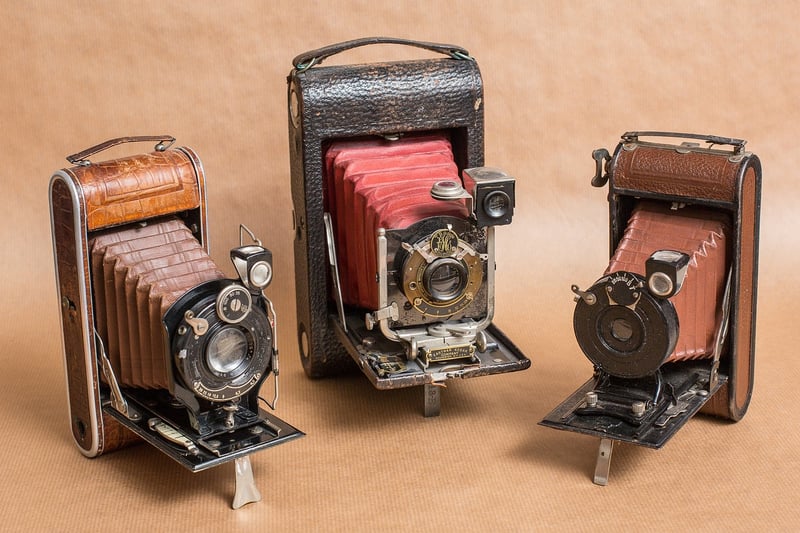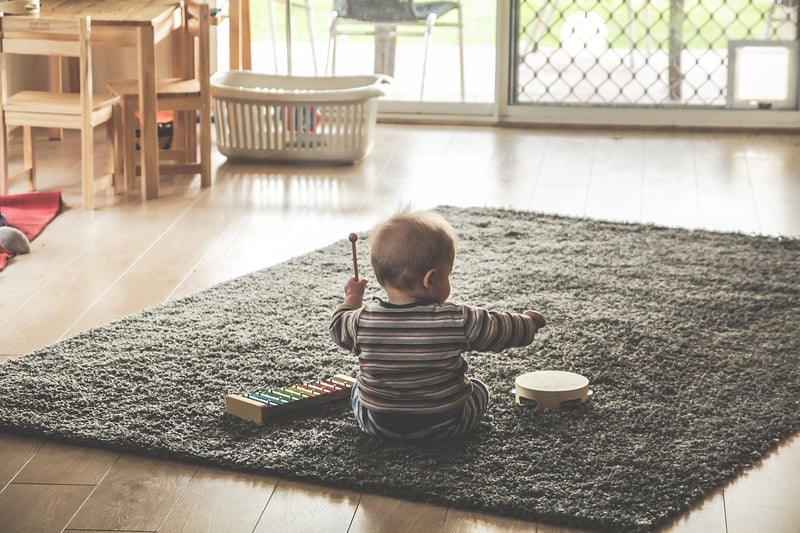Temporal Conduct
Understanding Proper Behavior in Different Eras
Behavioral norms and etiquette have evolved over time, reflecting the values and customs of each era. Understanding how people behaved in the past can provide valuable insights into the social norms of different periods. Let's explore the proper behavior expected in various historical eras:
Victorian Era (1837-1901)
In the Victorian era, strict etiquette governed social interactions. Men and women were expected to follow elaborate rules of conduct, such as proper courtship rituals and formal dinner etiquette. Modesty, respectability, and adherence to social hierarchy were highly valued.

Roaring Twenties (1920s)
The 1920s saw a shift towards more relaxed social norms, especially among the younger generation. The era was characterized by jazz, flapper fashion, and a rebellious attitude towards traditional values. Women's liberation and the rejection of Prohibition were prominent themes.

Post-World War II Era (1940s-1950s)
After the turmoil of World War II, the post-war era emphasized traditional gender roles and family values. Politeness, conformity, and patriotism were highly valued. Men were expected to be the breadwinners, while women were encouraged to be homemakers.

Modern Era (2000s-Present)
In the modern era, social norms have become more diverse and inclusive. With the rise of technology and social media, communication styles have evolved, leading to new forms of etiquette. Concepts like online etiquette, political correctness, and work-life balance are key considerations in today's society.

Temporal Conduct: Adapting to Different Eras
While behavioral expectations have shifted over time, certain principles of respect, empathy, and courtesy remain timeless. Understanding the proper behavior of different eras can help us appreciate the values that shaped society and navigate social interactions effectively.
By learning from the past and adapting to the present, we can cultivate a sense of temporal conduct that respects both historical traditions and contemporary values.
